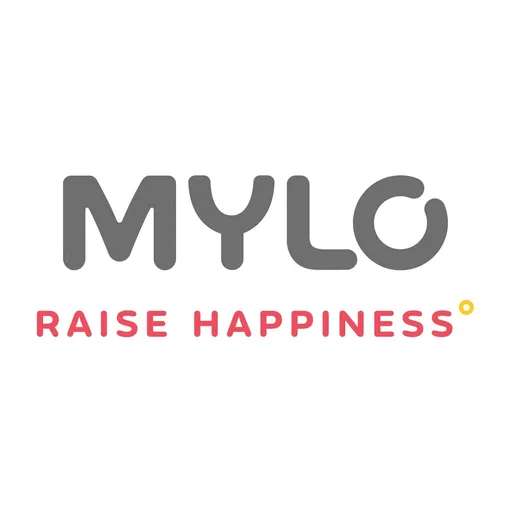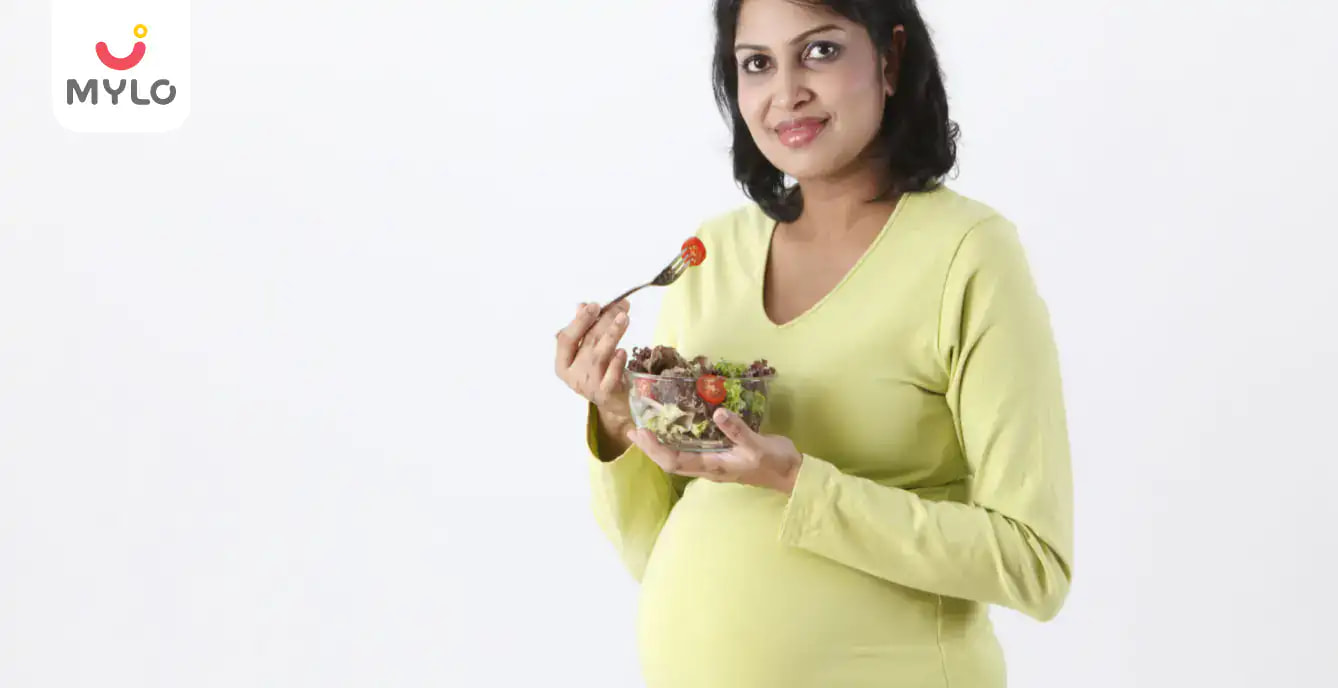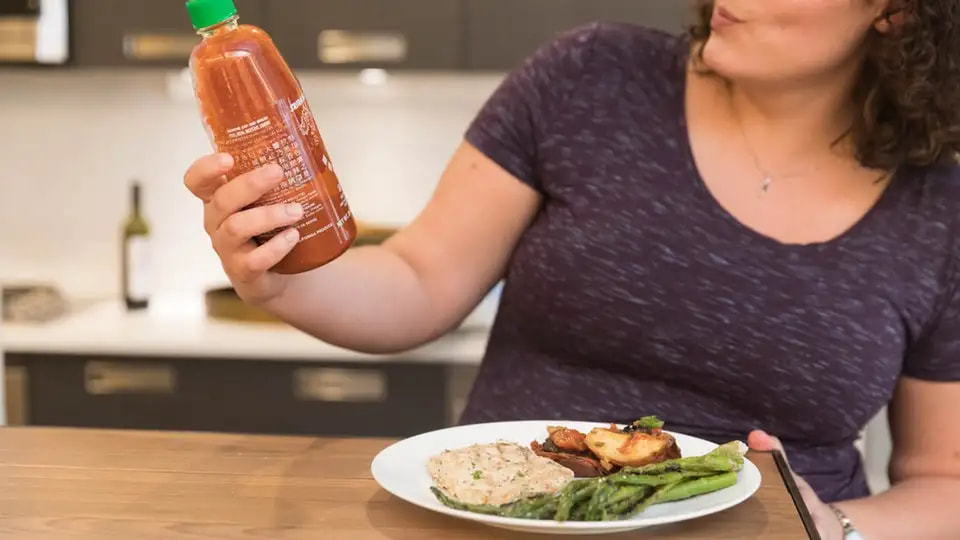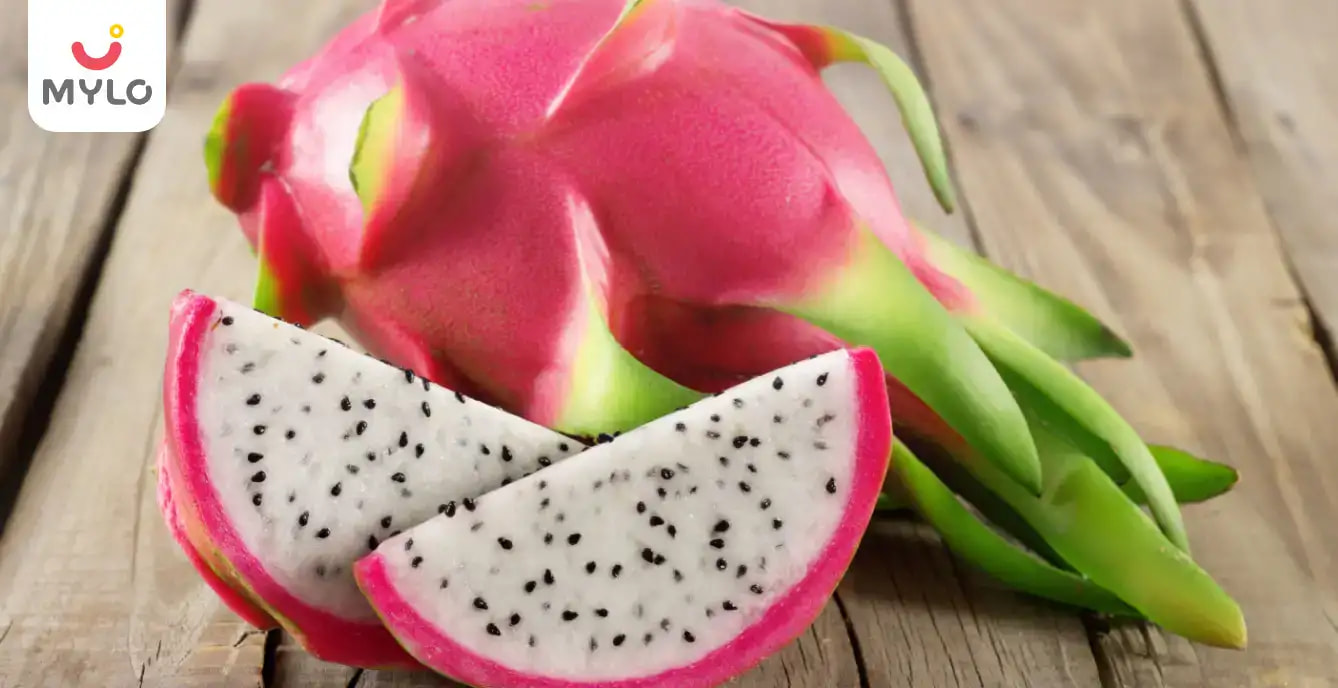Home

Food Cravings

Learn all about the top 4 causes of food aversion and cravings during the pregnancy period
In this Article
Food Cravings
Learn all about the top 4 causes of food aversion and cravings during the pregnancy period
Updated on 29 January 2022
Pickles, ice cream and what not. During pregnancy, you’re likely to find new taste turn-on & turn-off almost every day. Food cravings are likely to occur during the end of the first trimester and can intensify during the second trimester.
The most common cravings as per NCBI include the following:
-
Sweets such candy and chocolate
-
Carbohydrates and high calorie dishes such as chips and pizza
-
Animal protein i.e chicken and steak
-
Fruits
-
Dairy - sour cream and cheese
What causes food craving and aversions during pregnancy?
There are several factors which can result in turn-ons and turn-offs during this period, they are as follows:
1) Fluctuating hormonal levels: Increased hormone levels do play a role; however, more empirical evidence is required to support this view. Pregnancy may alter the sensory perception, due to secretion of hormones as constituted by evidence of cravings for food which was disliked earlier.
2) Response to nutritional deficits: Cravings can be the result of deficiency in certain nutrients in the body. During pregnancy, the fatal demands can double the requirement of nutrients and proper nutrition is critical for healthy fetal development.
The guidelines for pregnancy highlight the importance of sufficient intake of micro-nutrients such as iron, calcium, vitamin A and zinc. It is speculated that food cravings work to prevent or alleviate such nutritional deficits. Such cravings encourage the mother to consume food to get additional energy.
3) Connection between nausea and food aversion: Pregnant women may identify a connection between food aversion and vomiting & nausea, which may appear as a mechanism related with avoidance of specific food items during pregnancy. The avoided food may work as a stimulus, while nausea may be the reaction. Such food aversions may serve the function of protecting the mother and the fetus from any food-related illness.
4) Cultural and Psycho-social factors: Culture is known to be a powerful factor which impacts the eating behaviour and craving. For example, Women in the US may crave chocolates, while rice is the most commonly craved food among Japanese women. Research suggests, that efforts to avoid foods may cause conflicting feelings which may ultimately lead to increased likelihood of craving. It can result in vicious cycle of binge eating.
While you may give in to your cravings once a while, try to look for healthier alternatives you can opt for right now.



Written by
Mylo Editor
Official account of Mylo Editor
Read MoreGet baby's diet chart, and growth tips

Related Articles
Related Questions
Hello frnds..still no pain...doctor said head fix nhi hua hai..bt vagina me pain hai aur back pain bhi... anyone having same issues??

Kon kon c chije aisi hai jo pregnancy mei gas acidity jalan karti hain... Koi btayega plz bcz mujhe aksar khane ke baad hi samagh aata hai ki is chij se gas acidity jalan ho gyi hai. Please share your knowledge

I am 13 week pregnancy. Anyone having Storione-xt tablet. It better to have morning or night ???

Hlo to be moms....i hv a query...in my 9.5 wk i feel body joint pain like in ankle, knee, wrist, shoulder, toes....pain intensity is high...i cnt sleep....what should i do pls help....cn i cosult my doc.

Influenza and boostrix injection kisiko laga hai kya 8 month pregnancy me and q lagta hai ye plz reply me

RECENTLY PUBLISHED ARTICLES
our most recent articles

Cold & Cough
Symptoms and Causes of Cold in Infants
Ayurveda & Homeopathy
Do you also want to choose an Ayurvedic diet during your pregnancy?
Ceremonies
6 Awesome Tips to Make Your Baby's First Birthday Party Memorable and Fun

Designing a Nursery
7 points to remember while designing your baby's nursery
Second Child
Are you finding it arduous to manage your toddler and a new baby at the same time?
Twins & Triplets
What are the common health conditions that you should be aware about when expecting more than one baby?
- Which 6 skills are expected from a child to be ready for preschool?
- 8 things to consider while designing your baby's nursery
- If you're heading back to work after maternity leave then these 7 tips will help you ease the transition.
- Causes of Bruxism (Teeth Grinding) in Kids
- Nose bleeding during pregnancy
- Find out all about phobias in children and what can you do as a parent
- How foul air may affect fetal heart development
- How to spend some quality time with your baby after work?
- Do you want to make a successful return to work and wondering how to balance your career and family? Here are 7 tips for achieving a better work-life balance.
- How to throw a baby shower on a budget
- Learn what is Chorionic Villus Sampling (CVS) and all about the Purpose, Procedure, Risks & Results associated with it
- Super Boss: Four Women On Juggling Motherhood And Work
- How to check your pre-schooler's development with these 5 standard milestones.
- Top tips: What can dads do when the wife goes into labour


AWARDS AND RECOGNITION

Mylo wins Forbes D2C Disruptor award

Mylo wins The Economic Times Promising Brands 2022
AS SEEN IN
















- Mylo Care: Effective and science-backed personal care and wellness solutions for a joyful you.
- Mylo Baby: Science-backed, gentle and effective personal care & hygiene range for your little one.
- Mylo Community: Trusted and empathetic community of 10mn+ parents and experts.
Product Categories
baby carrier | baby soap | baby wipes | stretch marks cream | baby cream | baby shampoo | baby massage oil | baby hair oil | stretch marks oil | baby body wash | baby powder | baby lotion | diaper rash cream | newborn diapers | teether | baby kajal | baby diapers | cloth diapers |








